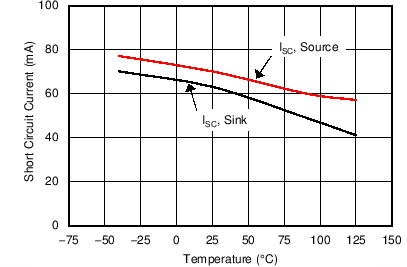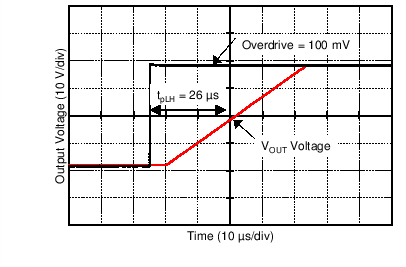SBOS701D December 2015 – August 2021 OPA191 , OPA2191 , OPA4191
PRODUCTION DATA
- 1 Features
- 2 Applications
- 3 Description
- 4 Revision History
- 5 Pin Configuration and Functions
-
6 Specifications
- 6.1 Absolute Maximum Ratings
- 6.2 ESD Ratings
- 6.3 Recommended Operating Conditions
- 6.4 Thermal Information: OPA191
- 6.5 Thermal Information: OPA2191
- 6.6 Thermal Information: OPA4191
- 6.7 Electrical Characteristics: VS = ±4 V to ±18 V (VS = 8 V to 36 V)
- 6.8 Electrical Characteristics: VS = ±2.25 V to ±4 V (VS = 4.5 V to 8 V)
- 6.9 Typical Characteristics
- 7 Parameter Measurement Information
- 8 Detailed Description
- 9 Application and Implementation
- 10Power Supply Recommendations
- 11Layout
- 12Device and Documentation Support
- 13Mechanical, Packaging, and Orderable Information
Package Options
Mechanical Data (Package|Pins)
Thermal pad, mechanical data (Package|Pins)
Orderable Information
6.9 Typical Characteristics
at TA = 25°C, VS = ±18 V, VCM = VS / 2, RL = 10 kΩ connected to VS / 2, and CL = 100 pF (unless otherwise noted)
Table 6-1 Table of Graphs
| DESCRIPTION | FIGURE |
|---|---|
| Offset Voltage Production Distribution | Figure 6-1, Figure 6-2, Figure 6-3, Figure 6-4, Figure 6-5, Figure 6-6 |
| Offset Voltage Drift Distribution | Figure 6-7, Figure 6-8, |
| Offset Voltage vs Temperature | Figure 6-9, Figure 6-10 |
| Offset Voltage vs Common-Mode Voltage | Figure 6-11, Figure 6-12 |
| Offset Voltage vs Power Supply | Figure 6-13 |
| Open-Loop Gain and Phase vs Frequency | Figure 6-14 |
| Closed-Loop Gain and Phase vs Frequency | Figure 6-15 |
| Input Bias Current vs Common-Mode Voltage | Figure 6-16 |
| Input Bias Current vs Temperature | Figure 6-17 |
| Output Voltage Swing vs Output Current (maximum supply) | Figure 6-18, Figure 6-19 |
| CMRR and PSRR vs Frequency | Figure 6-20 |
| CMRR vs Temperature | Figure 6-21 |
| PSRR vs Temperature | Figure 6-22 |
| 0.1-Hz to 10-Hz Noise | Figure 6-23 |
| Input Voltage Noise Spectral Density vs Frequency | Figure 6-24 |
| THD+N Ratio vs Frequency | Figure 6-25 |
| THD+N vs Output Amplitude | Figure 6-26 |
| Quiescent Current vs Supply Voltage | Figure 6-27 |
| Quiescent Current vs Temperature | Figure 6-28 |
| Open Loop Gain vs Temperature | Figure 6-29, Figure 6-30 |
| Open Loop Output Impedance vs Frequency | Figure 6-31 |
| Small Signal Overshoot vs Capacitive Load (100-mV output step) | Figure 6-32, Figure 6-33 |
| No Phase Reversal | Figure 6-34 |
| Overload Recovery | Figure 6-35 |
| Small-Signal Step Response (100 mV) | Figure 6-36, Figure 6-37 |
| Large-Signal Step Response | Figure 6-38, Figure 6-39 |
| Settling Time | Figure 6-40, Figure 6-41, Figure 6-42, Figure 6-43 |
| Short-Circuit Current vs Temperature | Figure 6-44 |
| Maximum Output Voltage vs Frequency | Figure 6-45 |
| Propagation Delay Rising Edge | Figure 6-46 |
| Propagation Delay Falling Edge | Figure 6-47 |
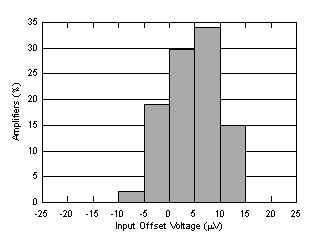
| TA = 25°C |
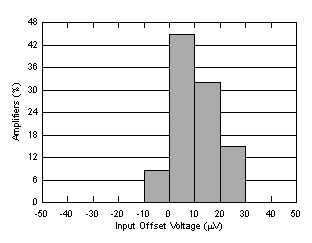
| TA = 85°C |
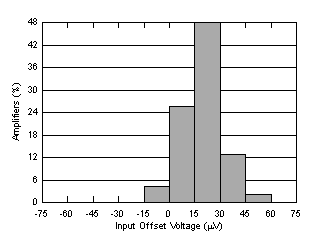
| TA = –25°C |
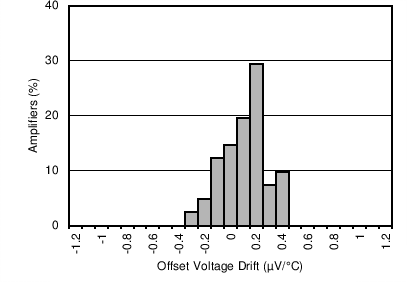
| TA = –40°C to +125°C, SOIC package |
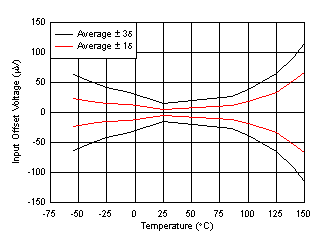
| Statistical distribution |
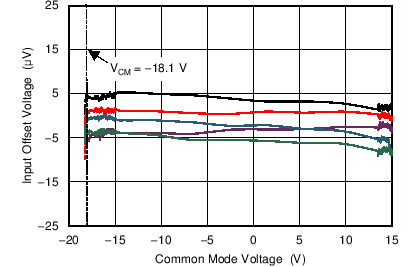 Figure 6-11 Offset Voltage vs Common-Mode Voltage
Figure 6-11 Offset Voltage vs Common-Mode Voltage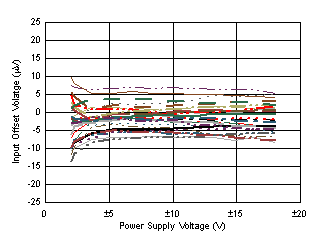
| 30 typical units |
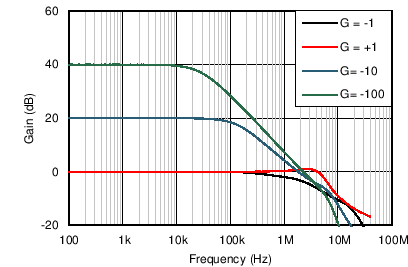 Figure 6-15 Closed-Loop Gain vs Frequency
Figure 6-15 Closed-Loop Gain vs Frequency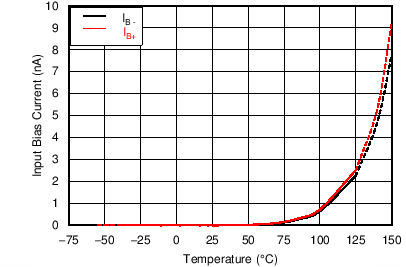
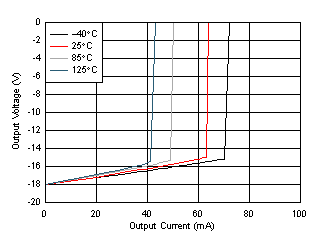
| Sinking |
vs Output Current
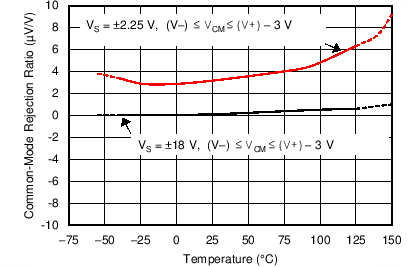
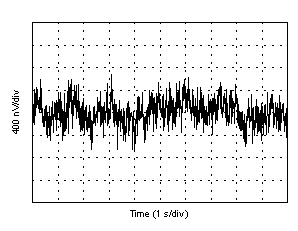
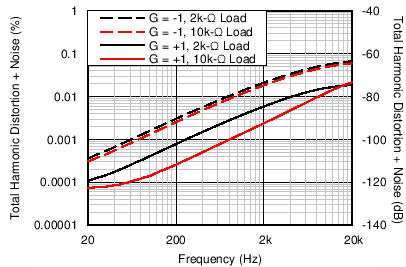
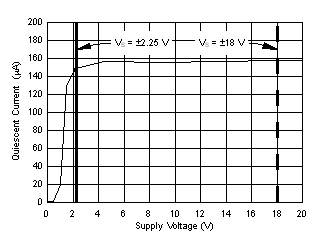
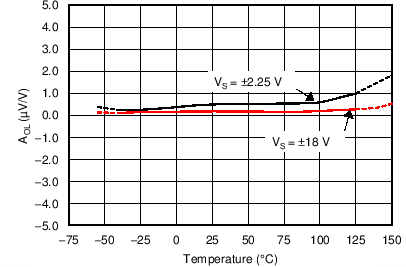
| RL = 10 kΩ |
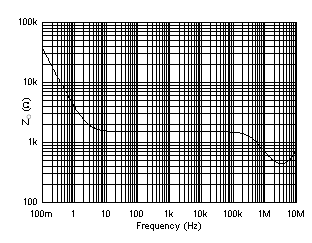
vs Frequency
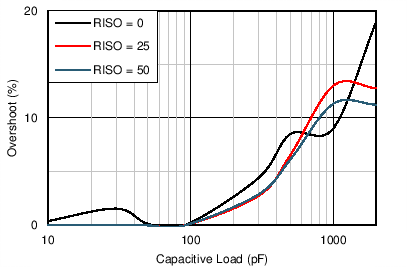
| G = –1, 100-mV output step |
vs Capacitive Load
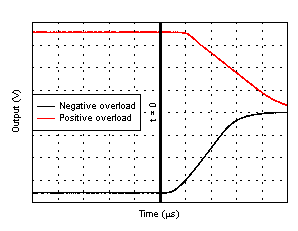
| VS = ±18 V, G = –10 V/V |
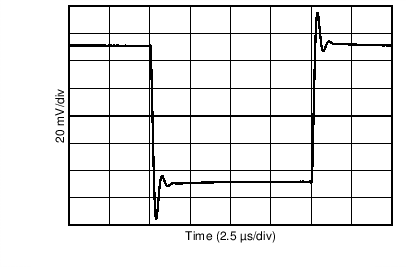
| G = –1, RL = 1 kΩ, CL = 10 pF |
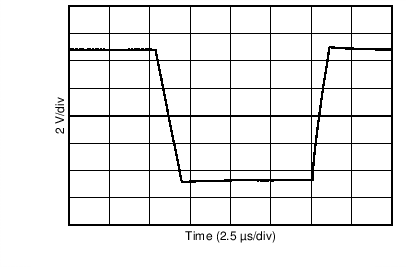
| G = –1, RL = 1 kΩ, CL = 10 pF |
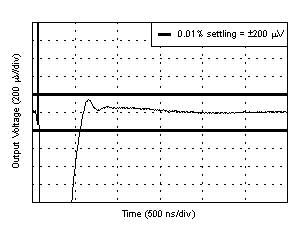
| Gain = 1, 2-V step, falling, step applied at t = 0 µs |
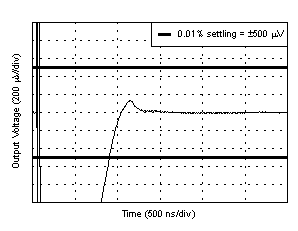
| Gain = 1, 5-V step, falling, step applied at t = 0 µs |
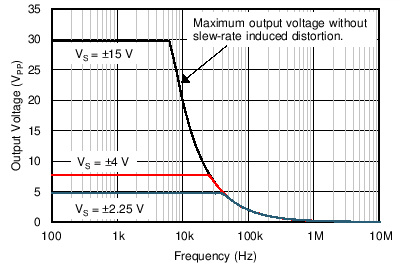
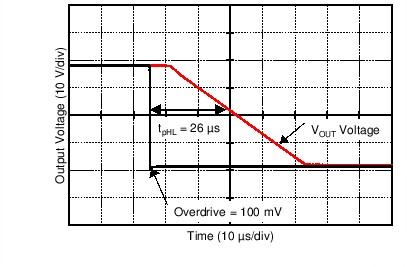
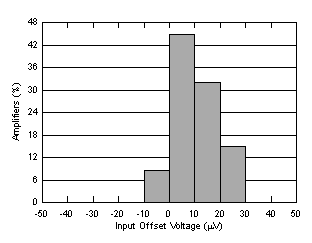
| TA = 125°C |
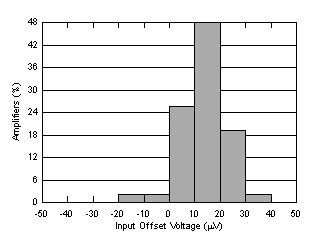
| TA = 0°C |
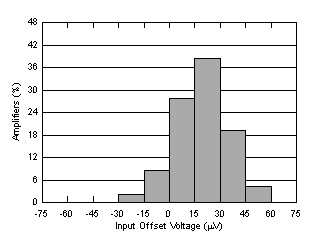
| TA = –40°C |
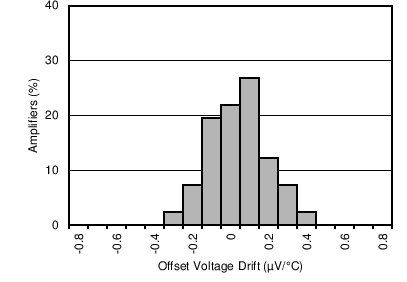
| TA = 0°C to 85°C, SOIC package |
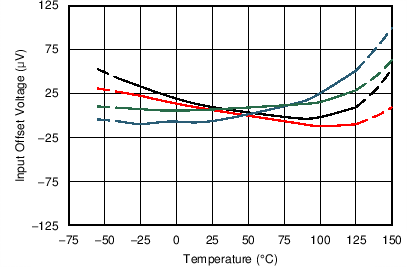
| 4 typical units |
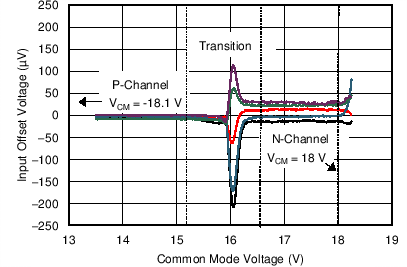 Figure 6-12 Offset Voltage vs Common-Mode Voltage in Transition Region
Figure 6-12 Offset Voltage vs Common-Mode Voltage in Transition Region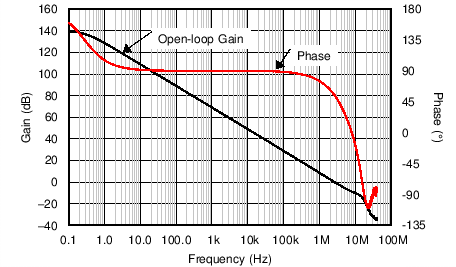
vs Frequency
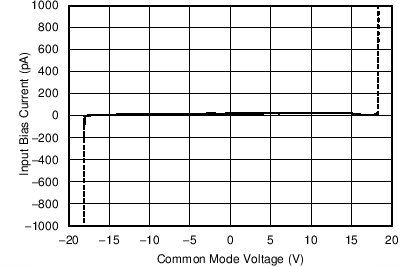 Figure 6-16 Input Bias Current
Figure 6-16 Input Bias Current vs Common-Mode Voltage
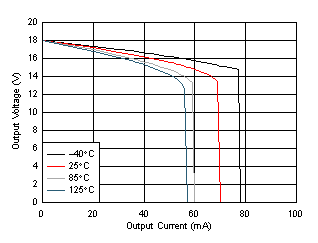
| Sourcing |
vs Output Current
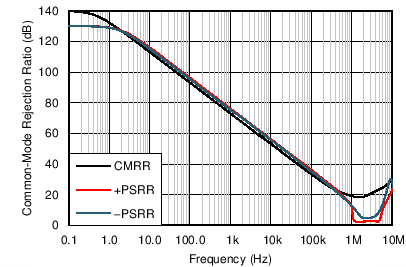
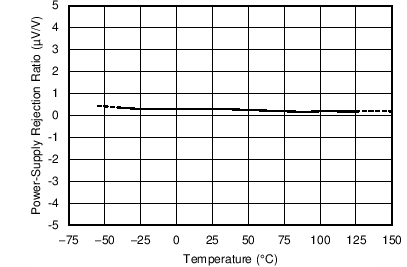
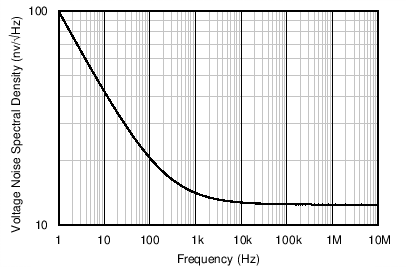
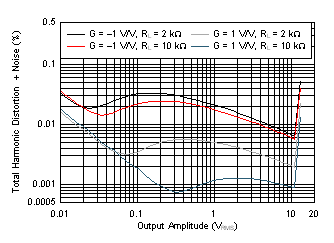
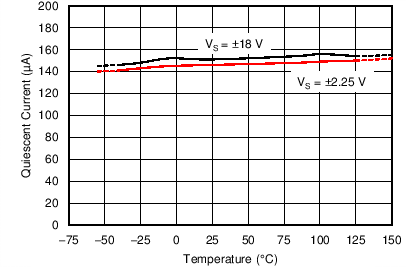
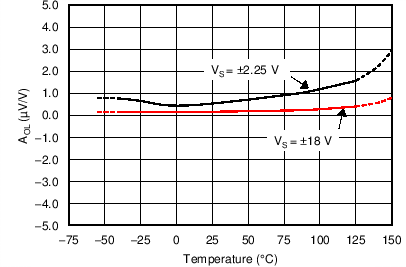
| RL = 2 kΩ |
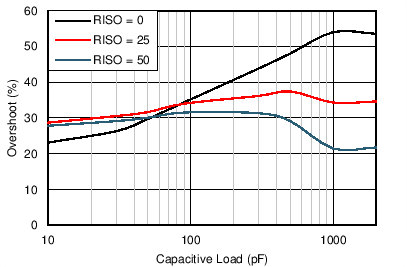
| G = 1, 100-mV output step |
vs Capacitive Load (100-mV Output Step)
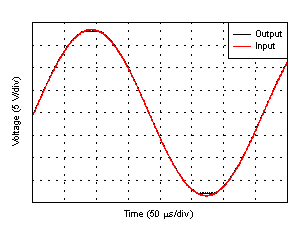
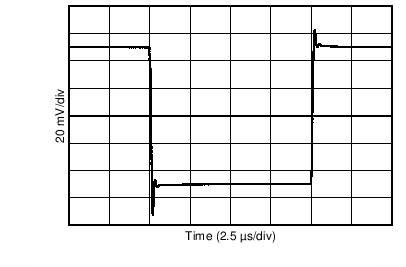
| G = 1, CL = 10 pF |
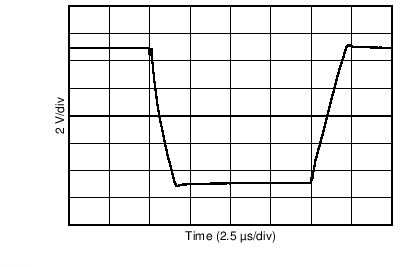
| G = 1, CL = 10 pF |
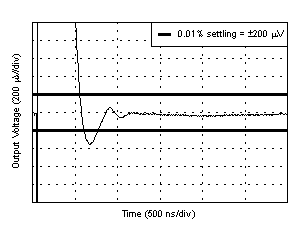
| Gain = 1, 2-V step, rising, step applied at t = 0 µs |
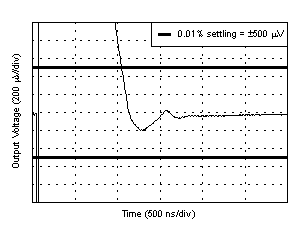
| Gain = 1, 5-V step, rising, step applied at t = 0 µs |
